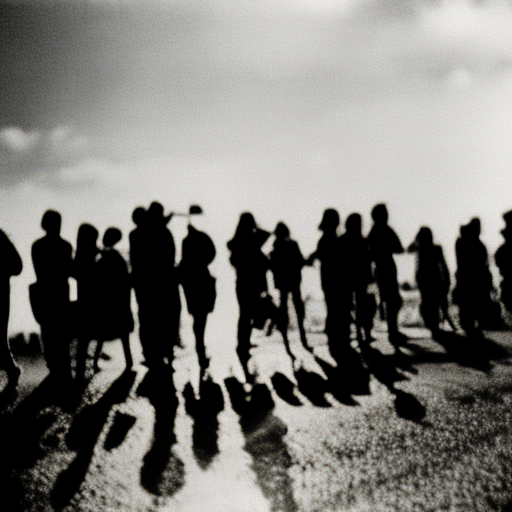The French Fury
The French Fury was a military event that took place in the city of Antwerp in 1583 during the Eighty Years’ War between the Dutch rebels and the Spanish Empire. It was a significant turning point in the conflict and had a lasting impact on the political and military landscape of the region.
Background
By the late 16th century, the Spanish Empire controlled a large part of the Low Countries, including the city of Antwerp. However, the Dutch rebels, led by William of Orange, were determined to gain independence from Spanish rule. Antwerp, being a major commercial and financial hub, was a crucial stronghold for both sides.
The Spanish Occupation
In 1576, Spanish troops, unpaid and frustrated, went on a rampage in Antwerp, looting and killing thousands of inhabitants in what became known as the “Spanish Fury.” This brutal event led to a wave of anti-Spanish sentiment and further fueled the rebellion.
The French Intervention
In an effort to counter Spanish influence in the region, the Dutch rebels sought assistance from France, their traditional ally. In 1582, the French Duke of Anjou, brother of the French king, arrived in the Low Countries with a sizable army. However, his presence was met with suspicion and resistance from both the Dutch rebels and the Spanish.
The French Garrison
Despite the initial resistance, the Duke of Anjou managed to establish a French garrison in Antwerp, which further escalated tensions in the city. The French soldiers, who were not paid regularly, became increasingly discontented and resorted to looting and pillaging to sustain themselves.
The French Fury
On January 17, 1583, the French garrison, led by Colonel de la Noue, launched a surprise attack on the city of Antwerp. The French soldiers, joined by a group of German mercenaries, went on a rampage, looting and killing both Dutch rebels and Spanish soldiers. The attack lasted for several days, resulting in widespread destruction and chaos.
Aftermath
The French Fury had a profound impact on the conflict. The Dutch rebels, who had initially sought French support, now turned against their former allies. The event also strengthened the resolve of the Spanish forces, who saw it as an opportunity to regain control over the region.
The Fall of Antwerp
Following the French Fury, the Spanish launched a successful siege on Antwerp, which lasted for over a year. The city, once a prosperous center of trade, was devastated, and thousands of its inhabitants were killed or forced to flee. The fall of Antwerp marked a significant setback for the Dutch rebels and a major victory for the Spanish Empire.
Legacy
The French Fury had a lasting impact on the political and military dynamics of the region. It deepened the divide between the Dutch rebels and their French allies, ultimately leading to the collapse of the Franco-Dutch alliance. The event also highlighted the brutality of war and the destructive consequences of foreign intervention.
In conclusion, the French Fury was a pivotal event in the Eighty Years’ War, with far-reaching consequences for both the Dutch rebels and the Spanish Empire. It marked a turning point in the conflict and led to the fall of Antwerp, a significant blow to the Dutch cause. The event also exposed the dangers of foreign intervention and highlighted the complexities of alliances in times of war.












